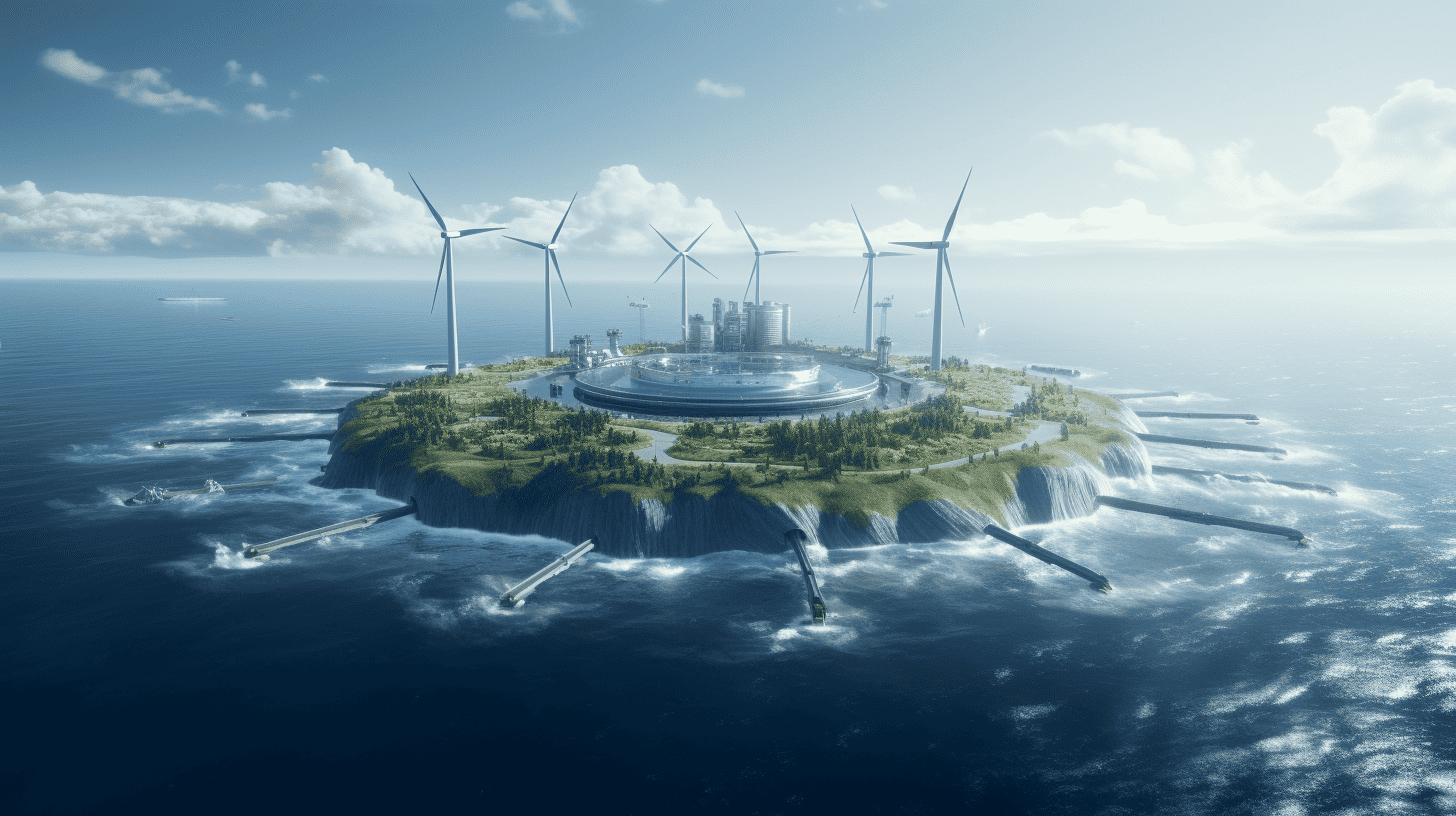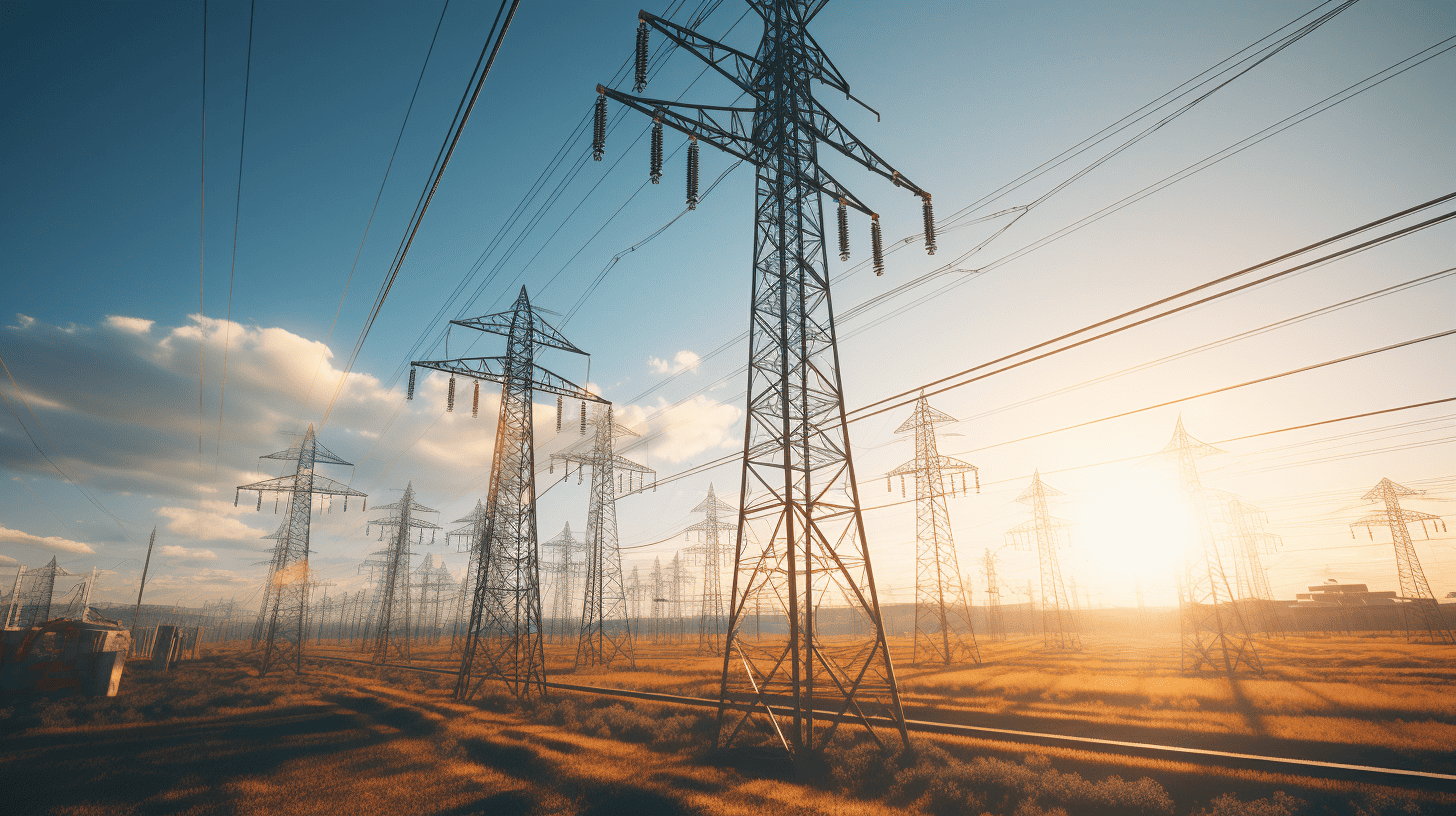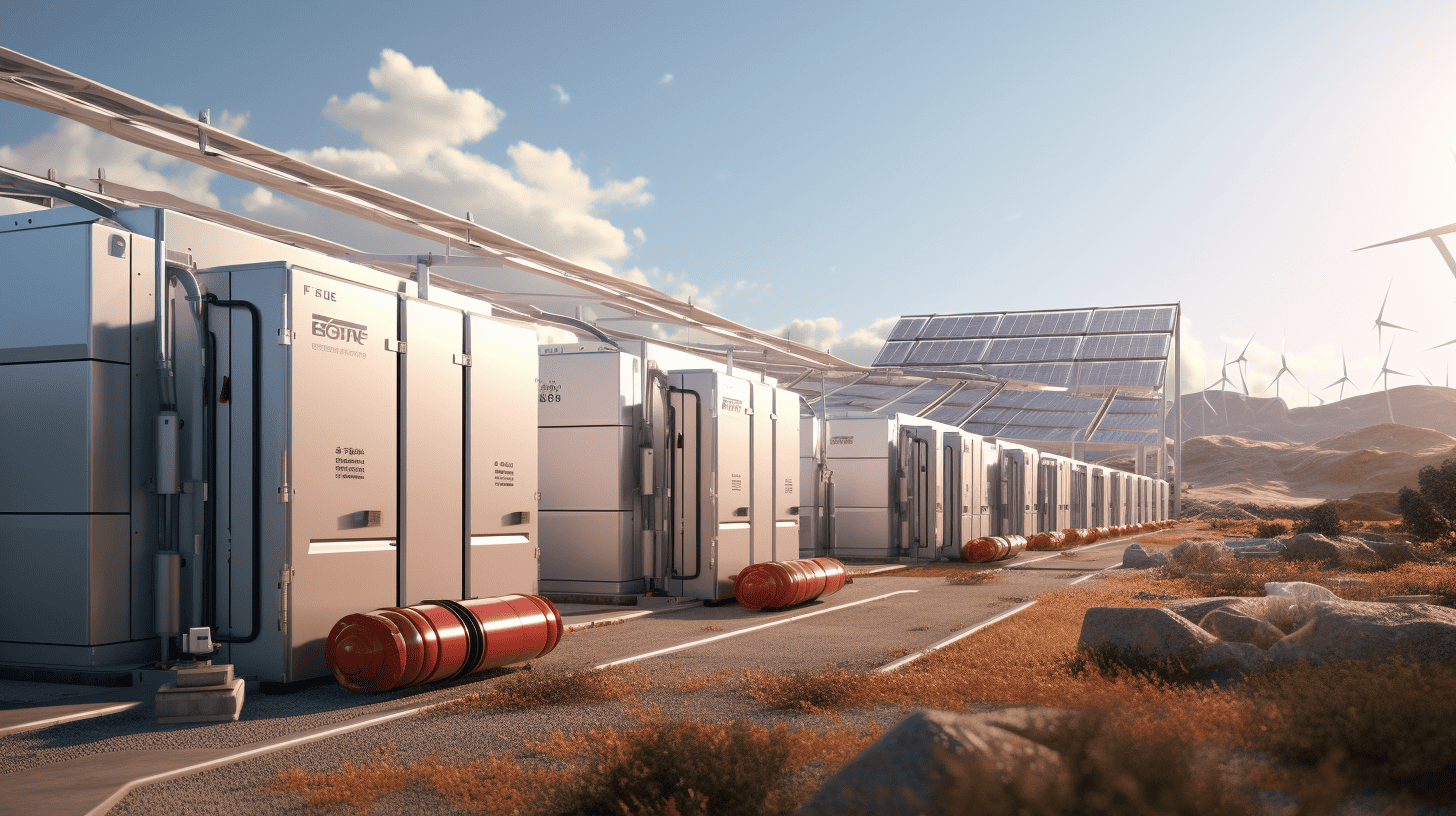
Europe must double its investment in electricity grids to meet its climate targets and secure energy supply, according to industry association WindEurope. The call comes ahead of the EU High-Level Electricity Grid Forum on 7 September. WindEurope CEO Giles Dickson warns of increased investments, from €40bn to €80bn annually, to support the rapid expansion of renewable energy and electric vehicles. Current grid expansion is lagging, with Spain and Romania collectively waiting for connections for 150 GW renewable projects. WindEurope also highlights the need to increase Europe’s production of grid equipment, urging governments to provide funding and expedite the permitting of new factories.
- Europe must double its electricity grid investments from €40bn to €80bn annually to support the growth of renewable energy and electric vehicles
- Boosting Europe’s production capacities for grid equipment like cables and substations is critical to meet rising demand.
- More transparency through data sharing and optimising existing grids through new technologies are also important
Strengthening the electricity grid
The balance between the quickened pace of renewable energy projects and the sluggish expansion of the electricity grid is teetering. WindEurope, an industry association advocating for wind energy, suggests that the stunted growth of the grid is the primary obstacle to the successful installation of new wind energy projects. The association mentions that over 100 GW of renewable projects in Spain and more than 50 GW in Romania are held up due to delayed grid reinforcement and connections.
WindEurope stresses the importance of simplifying the grid connection process to counter these delays. This involves ensuring speedy approval of applications and providing clear rules and regular data on congestion, curtailment, and available grid capacity. Such measures would enable more efficient planning and execution of renewable projects, helping to bridge the gap between the expansion of renewable energy and the necessary grid growth.

Boosting grid equipment production
Another critical aspect that needs addressing is the expansion of Europe’s manufacturing capacities for grid equipment. This includes substations, transformers, cables, and switchgear. At current production levels, Europe is capable of producing up to 1,900 km of offshore cables annually. However, projections show that the demand will reach 3,200 km by 2030.
WindEurope calls on governments to provide support through dedicated funding and financing. Additionally, the permitting process for new factories needs to be expedited to ensure that production can meet the rising demand. Long-term framework agreements and incentives to standardize equipment design are also highlighted as necessary steps toward securing investments in new factories.
Aligning grid governance with climate targets
Aligning the governance of the electricity grid with national energy and climate targets is a key concern raised by WindEurope. The association supports the EU’s proposal of anticipatory investments by Transmission System Operators (TSOs) and Distribution System Operators (DSOs) under the market design reform.

However, the existing planning processes, such as the Trans-European Networks for Energy (TEN-E) and the Ten-Year Network Development Plan, are deemed inadequate for delivering climate neutrality by 2050. The association advocates for long-term grid planning that integrates sustainability, biodiversity, and a cost-effective mix of direct electrification, hydrogen, and gas grid investments.
Enhancing transparency and security
The lack of comprehensive and reliable information on grid congestion and available capacity hinders the effective deployment of renewable energy. To address this, WindEurope urges authorities to ensure the regular publication of data on congestion, curtailment, and available capacity for new connections. This would enable better planning and coordination among different stakeholders and facilitate the smoother integration of renewable energy into the grid.
Security of electricity grids is also identified as a critical priority, particularly in light of rising geopolitical tensions. National grid development plans and National Energy and Climate Plans (NECPs) should assess security risks associated with grid infrastructure and equipment supply chains and propose measures to mitigate these risks.
Optimizing existing grids
While expansion and upgradation are crucial, the optimization of existing grids is equally important. Technologies like flexible AC transmission systems (FACTS), dynamic line rating, and modular power flow control can significantly increase transmission capacity in existing cables. WindEurope calls on national authorities to incentivize TSOs and DSOs to invest in these technologies and to quantify the societal cost of not doing so.







